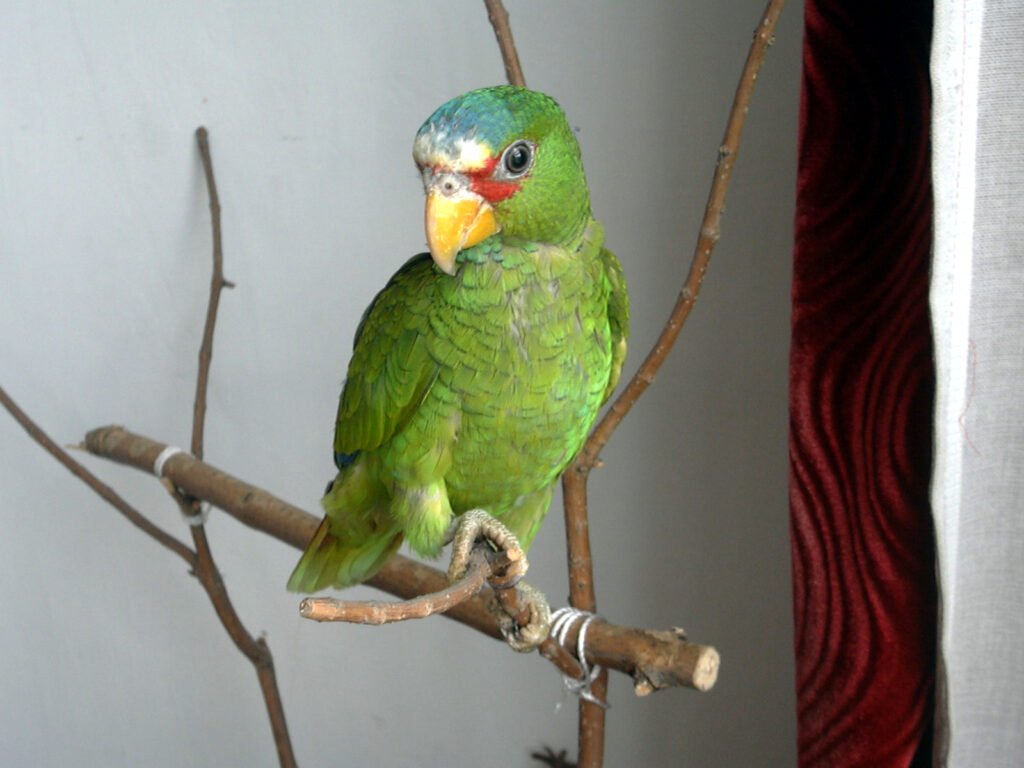Is your parrot missing the thrill of natural discovery? Foraging toys offer more than simple amusement—they stimulate mental engagement, promote instinctual behaviors, and improve overall well-being. Experts in avian care now recommend both store-bought and DIY options that provide secure, natural challenges while curbing unwanted habits.
Incorporating eco-friendly materials mimics a parrot’s native environment and nurtures essential survival skills. This blog post outlines practical benefits, creative enrichment projects, and market comparisons designed to boost your bird’s fun and enrich its everyday life.
DIY Approaches to Creating Foraging Toys for Parrots

Parrot enthusiasts can craft engaging foraging puzzles by utilizing everyday natural materials. This DIY method incorporates bamboo, paper, revised toy fragments, and natural popsicle sticks to build toys that simulate natural foraging practices.
The process is supported by a free downloadable guide offering detailed photos, step-by-step instructions, and recommendations for safe techniques that avoid materials with sharp edges. The design encourages increasing difficulty levels, mimicking authentic foraging behaviors while keeping construction straightforward and safe.
- Collect natural materials including bamboo, paper, revised toy fragments, and natural popsicle sticks.
- Sketch a design that incorporates compartments and layers to hide each treat securely.
- Use layers of paper to wrap treats, gradually increasing the number of layers to boost challenge levels.
- Combine and secure materials with non-toxic adhesives, paying close attention to smooth surfaces and safe joins.
- Test the toy with small, manageable treats and adjust the complexity based on the parrot’s interaction and comfort.
A methodical approach to constructing foraging toys enables a secure and enjoyable experience for parrots. Each step in the DIY process is designed to offer tangible progress while ensuring that the final product is safe and user-friendly. The clear, sequential instructions allow hobbyists to customize the complexity, ensuring that the challenges presented are both stimulating and non-threatening.
Emphasis on carefully selecting natural, eco-friendly materials assists in preventing potential hazards and upholds a commitment to safe construction practices. The overall process empowers bird owners to innovate using easily sourced resources, creating environments that nurture natural behaviors and enhance overall avian vitality.
Safety Considerations and Usage Guidelines for Foraging Toys for Parrots

Foraging toys require careful construction and regular checks to guarantee a secure play experience. The avoidance of plastic components prevents exposure to sharp edges that might harm birds. Materials such as bamboo and natural popsicle sticks are favored for their inherent safety and durability. Staggered challenge levels, demonstrated by recent video guides, allow gradual engagement, reflecting natural foraging behaviors while simultaneously minimizing risk. These guidelines assist in transforming toy design into an interactive, hazard-free activity that boosts a parrot’s fun.
- Inspect for sharp edges throughout the toy’s surface.
- Choose non-toxic, natural materials instead of synthetic substitutes.
- Monitor play sessions consistently and adjust playtime as needed.
- Adjust the difficulty level gradually to match the bird’s progress.
Regularly reviewing these safety considerations and usage instructions ensures that foraging toys remain both engaging and secure. Users should periodically assess the condition of each toy, adapting challenging elements based on individual bird responses. Adopting these practices helps prevent injuries while promoting sensory stimulation and natural feeding instincts during play. This careful approach, aligned with contemporary recommendations, enhances overall avian welfare and enriches daily interactions with foraging toys.
Final Words
This article guides readers through key aspects of foraging toys for parrots, from understanding their benefits to creative DIY projects and market comparisons It leaves readers with actionable insights and detailed guidelines to inspire safe and interactive play. Positive outcomes in parrot well-being are achievable when using foraging toys for parrots to enhance natural instincts and reduce destructive conduct.
FAQ
Q: What are the best foraging toys for parrots?
A: The best foraging toys include Wiffle Ball Feeders, Vineball Foragers, and Wood Block Foragers. These toys provide mental stimulation and encourage natural food-seeking behaviors through hidden compartments and varied challenge levels.
Q: How do you make DIY foraging toys for parrots?
A: Create parrot foraging toys using safe materials like bamboo, paper bags, natural popsicle sticks, and rice cakes. Wrap treats in paper layers, use multiple bowls with different treat amounts, or create puzzle compartments.
Q: What materials are safe for parrot foraging toys?
A: Safe materials include bamboo, natural wood, unbleached paper, and chemical-free popsicle sticks. Avoid plastic components that can develop sharp edges through wear and tear.
Q: How do foraging toys benefit parrots?
A: Foraging toys promote mental stimulation, physical exercise, and natural behaviors. These toys reduce boredom, prevent destructive habits, and create engaging challenges that support psychological well-being.
Q: How should foraging toys be introduced to parrots?
A: Start with simple challenges, like placing treats in open containers. Gradually increase difficulty by adding layers or complexity, allowing the parrot to build confidence and skills.
Q: What creative foraging setups work best?
A: Effective setups include paper bag puzzles, multiple bowl arrangements with varied treat counts, rice cake foraging stations, and layered paper wrapping challenges.


